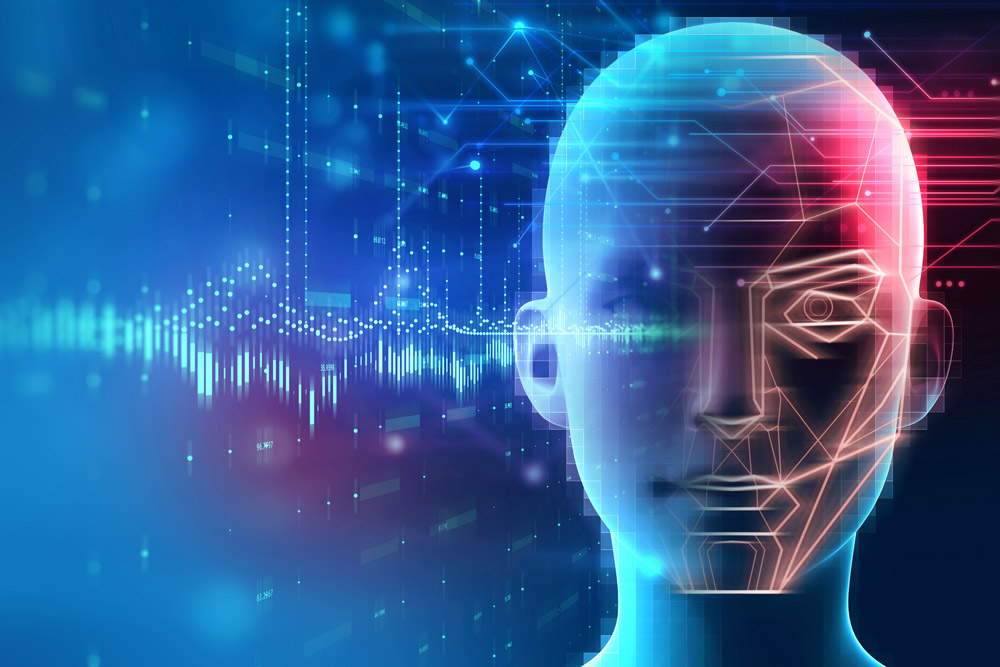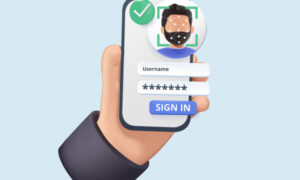Facial recognition technology is becoming increasingly popular, with government enforcement agencies and private companies using it to identify individuals in photos and videos. But how accurate is this technology, and what are its uses? In this guide, we will explore the accuracy of facial recognition search technology and its various applications.
What is Facial Recognition Search Technology?
Facial recognition search is a technology that uses an individual’s facial features to identify them in photos and videos. It uses algorithms to recognise and compare a person’s facial features to identify them. This technology has helped transform how individuals are identified in the digital world. It has made it easier and more accurate. It can be found in many devices, including mobile phones and security cameras.
What are the Use Cases of Facial Recognition Search Technology?
Facial recognition search technology is used in a variety of scenarios. It finds applications from law enforcement to healthcare, retail stores, and airports. Let’s look in detail at some use cases of this unique technology:
Law enforcement
Law enforcement agencies can use facial recognition technology to identify criminals and suspects in surveillance footage. It can also be used to track criminals and suspects on the move.
Retail stores
Retail stores can use facial recognition technology for customer identification, such as loyalty program verification. Cameras equipped with facial recognition software can detect customers who have already signed up for loyalty programs. This allows the store to offer special discounts and promotions.
Healthcare
Facial recognition technology can help healthcare providers identify patients quickly and accurately. Facial recognition systems can also detect signs of disease and illness in patients.
For instance, facial recognition systems can detect signs of dehydration and fatigue in patients. This allows healthcare providers to take action before it is too late.
Airports
Airports can use facial recognition technology for security purposes. Facial recognition systems can detect suspicious people and alert airport security personnel. Facial recognition systems can also be used for passport control. This enables travellers to quickly pass through airports without filling out paperwork.
Electronics
Finally, facial recognition technology is also seen in consumer electronics. Mobile phones and laptop computers are now equipped with facial recognition software. It enables users to unlock their devices without having to enter a password.
What is the Accuracy of Facial Recognition Search Technology?
The accuracy of facial recognition search technology depends on the quality of the facial recognition algorithm and how it is being used. Facial recognition algorithms are tested regularly to ensure accuracy and reliability.
According to a report by the Center for Strategic and International Studies, the best facial recognition search algorithm has an error rate of just 0.08%. However, errors and false positives can occur. Facial recognition algorithms should be tested regularly to reduce the risk of errors and false positives. They should be used alongside other security measures, such as manual checks.
What are the Facial Recognition Search Techniques?
Based on the type of identification, facial recognition technology can be classified into 2D Facial Recognition and 3D Facial Recognition.
2D Facial Recognition
2D Facial Recognition uses a 2D image of a person’s face to identify them. This is a relatively simple technique. It is used in many consumer devices, such as mobile phones and laptops.
3D Facial Recognition
3D Facial Recognition uses a 3D image of a person’s face to identify them. It is a more complex technique but has much higher accuracy than 2D Facial Recognition. 3D Facial Recognition is used in many security and surveillance systems.
Moreover, depending upon the aim and requirement of facial recognition search, the technology can be divided into facial identification or facial verification.
Facial Identification
This technique is used to identify someone from a database of known faces. It compares the facial data of an unknown person with that of known faces in the database. Law enforcement agencies use facial identification to identify suspects from the database.
Facial Verification
Facial verification takes a step further and is used to verify someone’s identity and who they are. Facial verification systems compare the facial data of a person with biometric information stored in their ID—for example, fingerprints. Facial verification is used in many security systems. Examples include access control systems and financial services.
Conclusion
We hope this blog has helped you understand facial recognition search technology’s uses, techniques, and accuracy. Facial recognition search is becoming increasingly popular as it is both secure and convenient. Facial recognition systems are also becoming more accurate as algorithms are constantly being tested and refined. It’s worth considering how facial recognition search can help you and your organisation.











































